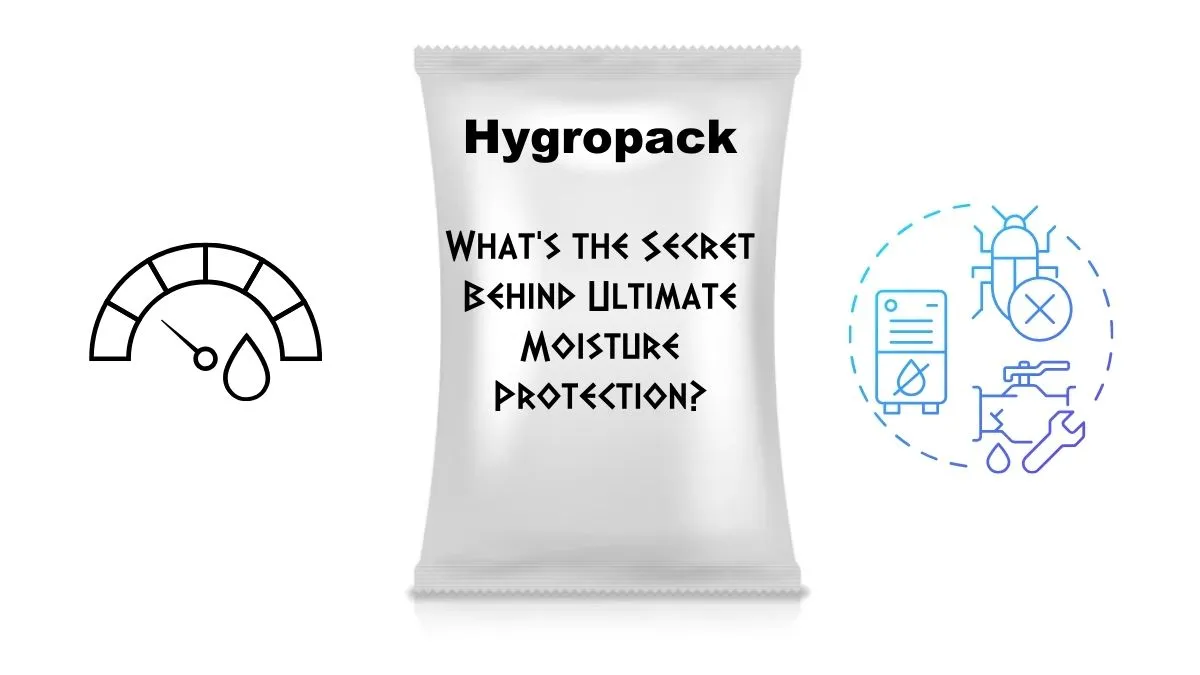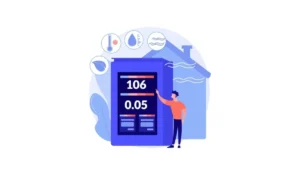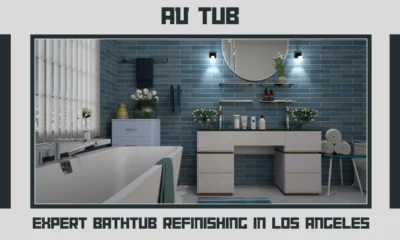GENERAL
Hygropack: What’s the Secret Behind Ultimate Moisture Protection?

Moisture is sneaky. It creeps in, slowly destroying products before you even notice. Electronics short-circuit. Medicines lose their potency. Food turns stale way too soon. Businesses suffer losses, and customers get frustrated. That’s where Hygropack comes in. This innovative moisture control solution isn’t just another desiccant—it’s a game-changer. Designed with cutting-edge technology, Hygropack absorbs excess humidity and keeps products fresh, safe, and reliable. Whether you’re storing, shipping, or selling, moisture is a real problem. And trust me, ignoring it? Bad idea. Many industries are already making the switch. Why? Because it works. It’s time to take moisture control seriously. Your products—and your profits—depend on it.
Understanding Moisture Control: Why It Matters
Ever left an open bag of chips? Yeah, that soggy, stale mess? That’s what happens with moisture—on a larger scale. Hygropack resists. Humidity breeds rust, mold, spoilage, and product failure. In pharmaceuticals, electronics, and food industries, moisture damage translates to millions lost. And, guess what? It’s not just about the money. It’s about safety, too. Think of a life-saving medicine losing potency due to exposure to moisture. Creepy, huh? That’s why it is essential. It provides the perfect balance—absorbing excess moisture while preserving product integrity. No guessing. No surprises. With Hygropack, you have protection you can rely on. Simple. Efficient. Necessary.
What is Hygropack? An Overview of the Technology
What makes Hygropack special? Short answer: Science. Long answer: A powerful blend of desiccants, smart materials, and innovative design. Unlike basic silica gel, Hygropack adapts to different environments. High humidity? It absorbs. Dry conditions? It stabilizes. That’s why industries trust it. From pharmaceuticals to high-tech gadgets, businesses rely on Hygropack to keep moisture at bay. And here’s the kicker—it’s not just effective, it’s easy to use. No complex setup. No hassle. Just reliable, long-lasting protection. That’s what makes it the go-to choice for moisture control. Simple but smart. Efficient but effortless. That’s innovation.
The Secret Behind Hygropack’s Moisture Protection
There’s science, and then there’s magic. Hygropack feels like a bit of both. Its secret? Advanced desiccant technology. Think tiny moisture traps that work nonstop. Unlike traditional methods, Hygropack doesn’t just absorb humidity—it regulates it. The result? Products stay in their best condition, no matter the climate. Made from high-absorption materials, it’s designed to pull moisture in and lock it away. No leaks. No saturation. And here’s the best part—it lasts longer than standard solutions. While others fade fast, it keeps going. That’s why industries trust it. Better protection. Longer shelf life. Fewer losses. The secret? Smart science, perfected.
Types of Moisture Control Solutions by Hygropack
All moisture issues are not equal. And let me tell you, it understands that. So it has various solutions. Looking for something for food packaging? There’s a customized desiccant for it. Shipping electronics internationally? There’s a high-performance pack for that, too. It exists in various shapes—packs, pouches, humidity-control sheets, even intelligent moisture sensors. Each designed for a specific purpose. No more fits-all solution. Just effective, tailor-made solutions. Whether pharmaceutical, logistics, or manufacturing, Hygropack has it. The correct tool for the correct application. That’s how true protection operates.

How Hygropack Protects Products Across Industries
Different industries. Same problem. Moisture ruins everything. In pharmaceuticals, it degrades medicine. In electronics, it causes short circuits. Food? Spoils faster. It Hygropack fixes all that. Its moisture control solutions ensure safe transport, longer shelf life, and zero product damage. Imagine shipping a high-end gadget across the world. One drop of moisture inside? Ruined. But with it, no worries. It’s why major companies trust it. They know protection isn’t optional—it’s critical. And Hygropack delivers. Every industry, product; every time.
Hygropack vs. Traditional Moisture Control Methods
Silica gel? Old-school. Vacuum sealing? Expensive. Traditional moisture control methods work, but not well enough. Hygropack is different. It’s smarter. Stronger. More reliable. Unlike standard desiccants, it actively regulates humidity instead of just absorbing it. That means consistent, long-term protection. No reactivating. No replacements every few weeks. Just one powerful solution that lasts. Businesses love it because it saves money. Fewer losses. Less waste. More efficiency. The choice is clear. Why settle for outdated methods when it exists?
How to Choose the Right Hygropack Solution for Your Needs
Not sure which Hygropack product is right for you? It’s simple. First, think about your industry. Electronics? You need high-absorption packs. Food? Go for humidity-balancing sheets. Shipping? Opt for long-lasting pouches. It offers custom solutions based on specific needs. And the best part? You don’t have to guess. Their team helps you pick the right one. Just ask. Because when it comes to moisture control, the wrong choice can be costly. Hygropack makes sure you get it right the first time.
The Future of Moisture Control Technology
The future? It’s smart. It isn’t just keeping up—it’s leading the way. New materials. AI-powered moisture sensors. Self-regulating desiccants. The industry is evolving, and it is setting the pace. Soon, businesses won’t just control moisture—they’ll predict it. Imagine packaging that adapts in real time. That’s where Hygropack is heading. Better protection. More efficiency. Less waste. The future is moisture-free, and Hygropack is making it happen.
Customer Success Stories: Real-World Impact of Hygropack
Don’t just take our word for it. Companies worldwide rely on Hygropack, and they have stories to prove it. A leading electronics brand reduced product failures by 30%. A pharmaceutical giant prevented millions in losses. Food distributors extended shelf life and cut waste. Real businesses. Real results. Hygropack isn’t just another moisture control product—it’s a solution that works. And businesses love it. Because when you find something that saves money, protects products, and just makes sense—you stick with it.
Where to Buy Hygropack and How to Get Started
Ready to put moisture damage behind you for good? It’s as easy as acquiring Hygropack. Priced out online and at industrial distributors worldwide, it’s available in volume or by the pack. Want to know what to get? Their trained specialists will help. Because moisture management isn’t really about purchasing something—it’s about getting the proper solution. And with Hygropack, you can have confidence.
Conclusion: Why Hygropack is the Ultimate Solution
Moisture damage? Not your problem anymore. Hygropack offers the smartest, most effective moisture control solutions out there. Industries trust it. Businesses rely on it. Products stay safe because of it. So why take chances? Protect what matters. Stay ahead of the damage. Choose Hygropack—because when it comes to moisture protection, nothing else comes close.
-

 BIOGRAPHY7 months ago
BIOGRAPHY7 months agoBehind the Scenes with Sandra Orlow: An Exclusive Interview
-

 HOME1 year ago
HOME1 year agoDiscovering Insights: A Deep Dive into the //vital-mag.net blog
-

 HOME1 year ago
HOME1 year agoSifangds in Action: Real-Life Applications and Success Stories
-

 BIOGRAPHY1 year ago
BIOGRAPHY1 year agoThe Woman Behind the Comedian: Meet Andrew Santino Wife




























